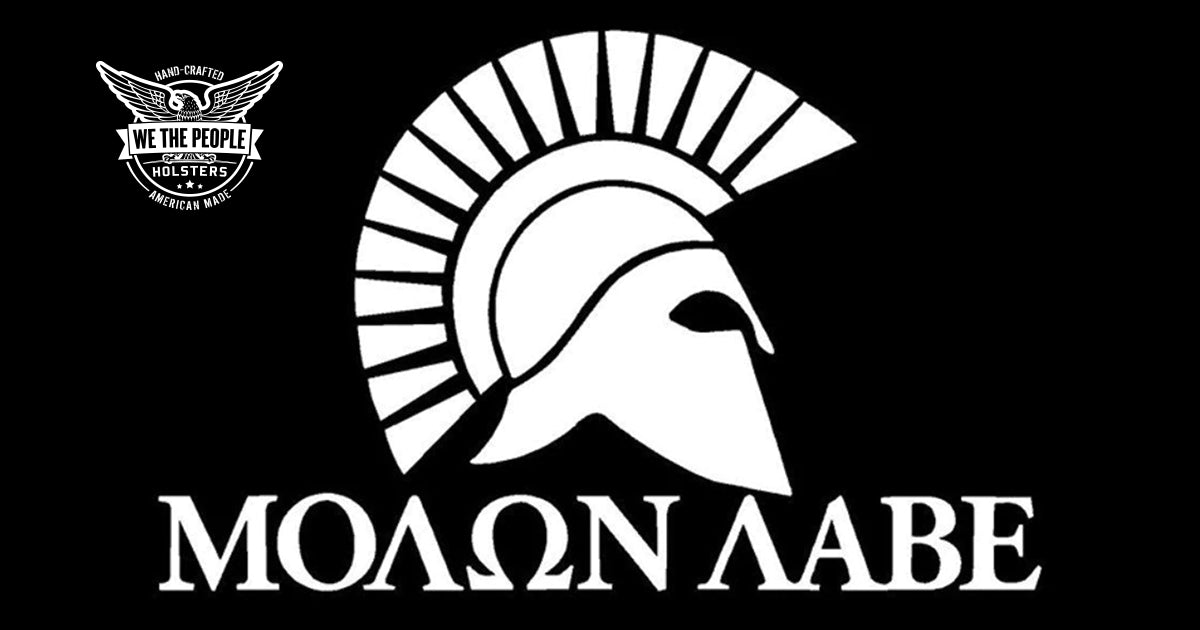Tattoos: A Story Etched in Skin
- Rah Boz
- Apr 22
- 2 min read
Updated: May 1
The Stigma of Ink

Society still flinches at tattoos. To some, they signal rebellion—a mark of the outlaw, the wanderer, the untamed. A sleeve of ink might earn sideways glances in boardrooms, whispers at weddings, even silent judgments between friends. Fear clings to the unknown.
But the truth runs deeper than skin.
Ancient Marks, Timeless Stories
Long before needles buzzed in neon-lit parlors, tattoos whispered across history. Egyptian mummies bore them—sacred symbols pressed into flesh 4,000 years ago. When European explorers met Polynesian tribes, they marveled at the art of tattau: "to mark." Sailors returned with more than spices; they carried stories inked into their skin, turning their bodies into living maps of distant shores.
In the Americas, Indigenous peoples pricked pigments into battle scars and rites of passage. In Tahiti, a man’s first tattoo celebrated his coming of age; his second, his marriage. The Romans branded slaves and criminals, while Victorian circus crowds gasped at "exotic" tattooed performers.
The Art & The Needle
Modern tattooing is a dance of precision. A needle, humming hundreds of times per minute, pierces just beneath the skin’s surface, leaving trails of pigment in its wake. What was once tapped in with bone or thorn is now etched in sterile steel—yet the essence remains: to mark is to remember.
Why Ink?
Some seek beauty—a sleeve of blossoms, a quote in elegant script. Others claim identity: a soldier’s regiment, a lover’s name, a symbol of survival. For centuries, tattoos have declared who we are and where we’ve been. They are rebellion and ritual, secret and statement.
The Risks Beneath the Beauty
But skin is not paper, and ink is not without consequence. Dirty needles can bring disease; careless aftercare invites infection. Allergies flare in crimson and cobalt. The CDC assures no AIDS transmission from tattoos—yet the warning stands: choose wisely.
Before You Commit
1. Find an artist who treats skin like sacred ground. Sterile tools, steady hands, a portfolio that speaks to you.
2. Pause. Then pause again. This is forever. A tattoo on your ribs will ache; one on your wrist will whisper to every stranger.
3. Pain is part of the pact. Bone-deep shading burns. Black ink stings less than color.
4. Price reflects permanence. $30 buys a discreet symbol; $300 buys a masterpiece.
5. Your first tattoo shouldn’t be a billboard. Start where you can hide it—or own it, unflinching.
A Final Thought
Tattoos are scars we choose. They defy time, prejudice, and the body’s slow fade. They are love letters and battle cries, etched where only the brave dare to write.
So—what will your skin say?






Comments